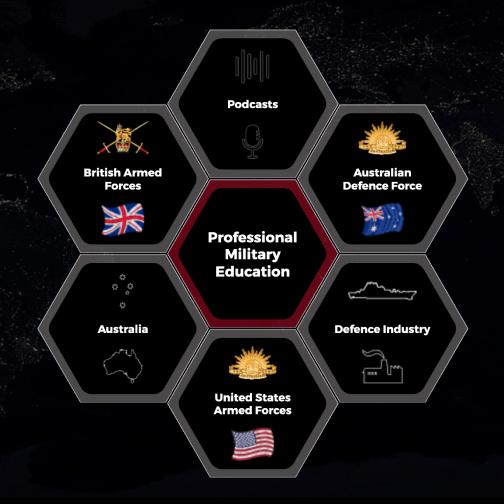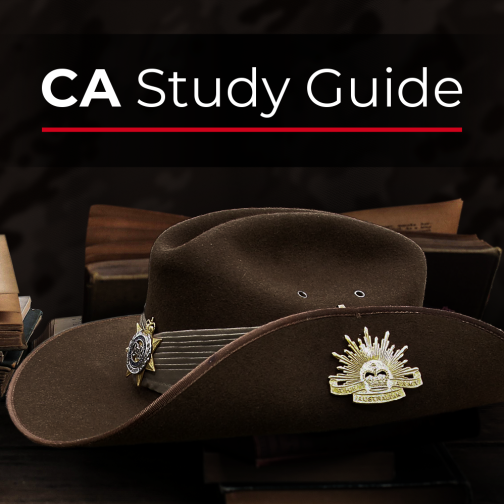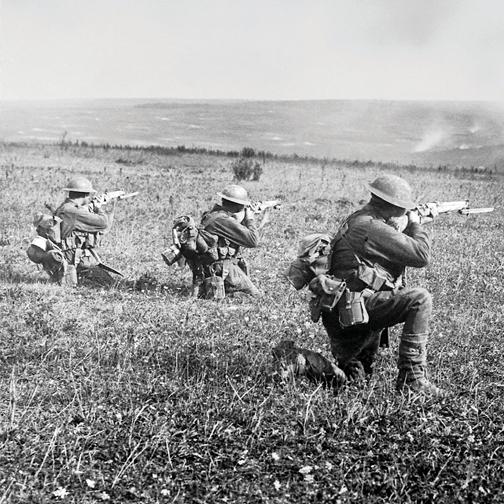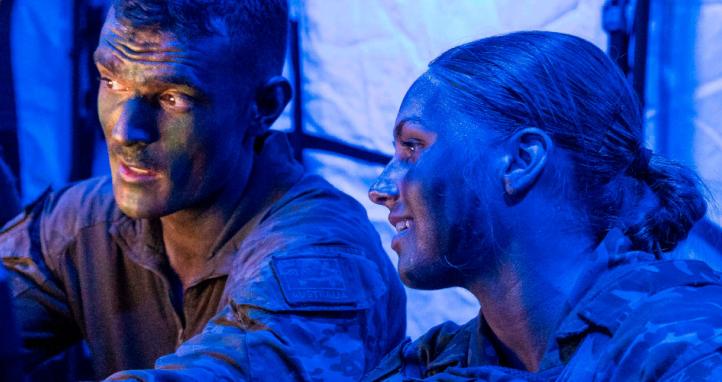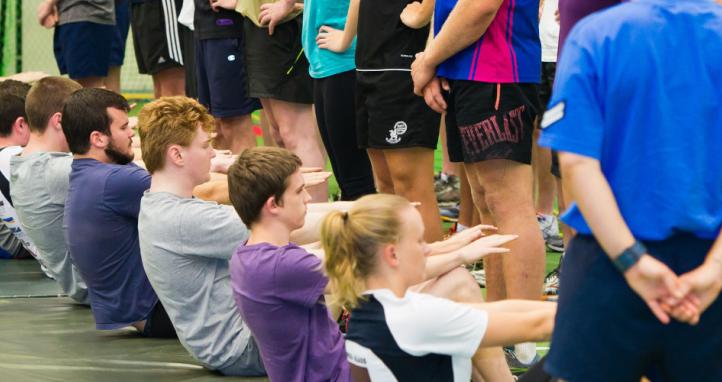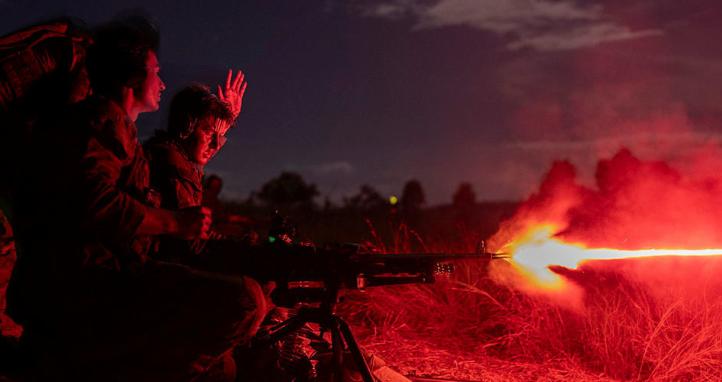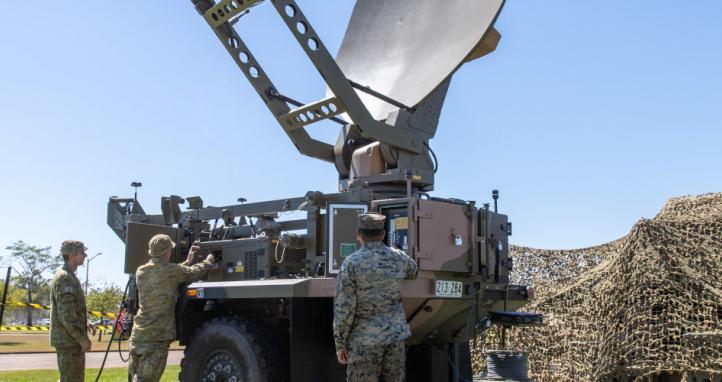Introduction
This paper introduces a nursing-led concept for developing a mobile ward. This concept is based on the WW1 Casualty Clearance Stations (CCS) designed to provide prolonged clinical management of diseases and non-battle illness (DNBI) in austere environments.
Situation
The Defence Strategic Review 2023 [1] and the 2024 National Defence Strategy [2] have defined the need for the Australian Army to enhance its ability to operate in remote littoral environments. This has created a need for Army to develop procedures for evacuating casualties via water-based platforms in austere settings. However, maritime casualty evacuation has some unique challenges that must be considered, such as varying sea states, limited tidal windows, and extended transit times.
Discussion
Australian and British Troops in World War 1 (1914 – 1918) used Casualty Clearing Stations (CCS) as an essential part of their casualty evacuation chain. These were non-mobile units, positioned beyond the range of enemy artillery and near transport hubs. The CCS of WW1 were not designed for long-term care but as a triage area to identify members suitable for returning to the front line and those needing further care and evacuation. CCS could perform damage control surgery and stabilisation before further evacuation to a hospital either by road or rail [3-5].
Today, many military medical assets have forgone the ability to ‘hold’ casualties while they recover from DNBI or injury due to the availability and prioritisation of evacuation platforms for casualties.
This paper would like to propose the development of a mobile ward for the littoral environment. This ‘Ward on Wheels’ (WoW), is based on the functionality of the WW1 CCS. The WoW aims to provide a short-term holding capability for casualties expected to return to duty within 3 days or provide clinical care to stable casualties awaiting further evacuation via sea platforms.
Proposal
The WoW would be in a multi-purpose 20-foot shipping container on the back of a 40M truck. This layout would allow for the capability to be fully operational while loaded on the truck or free-standing if lowered to the ground. The WoW would also be fully functional while secured on the deck of a water transport platform. This container would have the ability to be powered by a generator and would have interior lighting and air-conditioning. This container would be multi-purpose due to the design of the wall attachments, allowing for the chairs, stretchers, and any storage cabinets to be removed if required. This type of system is currently being used in US military Trauma and Hospital Container [6][7]. When the WoW is not required for patients, it is expected to be used for accommodation or a cool room for the mitigation of heat-related conditions or illnesses.
This capability would be staffed by an Australian Army Nursing Officer (NO) and a Medical Technician (MT), with telehealth access to a Military Medical Officer (MO). Telehealth would ensure patients are regularly reviewed and receive medication charts and treatment plans as required.
Limitations
The targeted type of casualties are members with infectious diseases, such as upper respiratory tract or gastrointestinal infections, which require isolation to prevent the spread of the illness throughout the main body of troops. Stable injuries, such as fractured short bones, would be managed in this facility until further evacuation is available. Life-threatening conditions would still be dependent on AME for evacuation to a tertiary hospital, as they would not be suitable for this facility. Medications and equipment would focus on primary health care, DNBI, and analgesic requirements as these conditions traditionally make up the majority of casualties in conflict.[8, 9].
Conclusion
The WoW would enable the clinical care and treatment of members with non-life-threatening injuries and illnesses in the littoral environment. The WoW would provide patient care while facilitating onward evacuation to a higher level of care or a rapid return to duty.
Concept Images
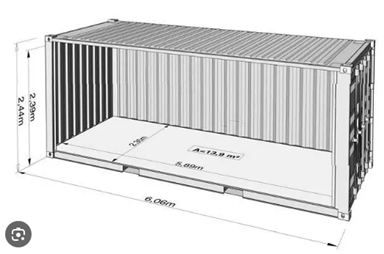
Dimensions of a Shipping container.
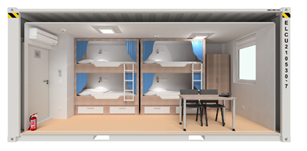
A four-berth shipping container accommodation use by off-shore mining companies.

Two NATO stretcher brackets on a wall mounted frame.

Removable seats with 5-point harnesses on wall mounted brackets. Also shows storage solution concepts.

Mining accommodation stacked on an offshore mining vessel.

Close up on the wall-mounted brackets for stretchers.

Image of Stackable mine sight accommodation for potential transport of capability solution.
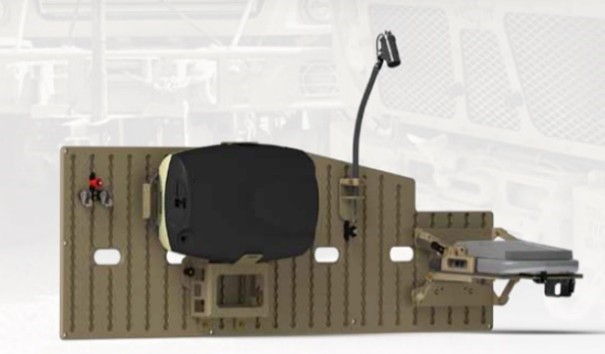
Wall module to show different storage capabilities in container.
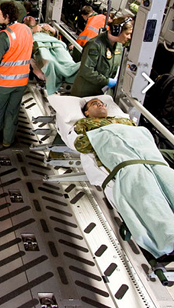
If patients are required to be moved, there will be seats with a 5-point harness, or patients will be strapped into the NATO stretchers for transport.

Stacking of patients on NATO stretchers.
End Notes
[1] The Australian Government, The Defence Strategic Review, D.o. Defence, Editor. 2023.
[2] The Australian Government, 2024 National Defence Strategy, Department of Defence, Editor. 2024.
[3] Baker, C. The Casualty Clearing Stations. The Long, Long Trail 2010; Available from: https://web.archive.org/web/20100326051624/http://www.1914-1918.net/ccs.htm.
[4] Baker, C. Field Ambulances in the First World War. The Long, Long Trail 2010; Available from: https://www.longlongtrail.co.uk/soldiers/a-soldiers-life-1914-1918/the-evacuation-chain-for-wounded-and-sick-soldiers/field-ambulances-in-the-first-world-war/.
[5] Government, A. Australian Army Medical Corps in World War I. Anzac Portal 2022; Available from: https://anzacportal.dva.gov.au/wars-and-missions/ww1/military-organisation/australian-imperial-force/army-medical-corps#1.
[6] Ruppert, B. New Technologies Join to Revolutionize Medical Shipping and Field Hospitals. 2023; Available from: https://mrdc.health.mil/index.cfm/media/articles/2010/revolutionize_medical_shipping.
[7] Matthew W. Lewis, A.B., Mishaw T. Cuyler, Rick Eden, Ronald E. Harper, Kristy Gonzalez Morganti, Adam C. Resnick, Elizabeth D. Steiner, Rupa S. Valdez, New Equipping Strategies for Combat Support Hospitals. RAND Health Quarterly, 2012. 2(2).
[8] Saleby, M., et al., Descriptive analysis of diseases, non-battle injuries and climate among deployed Swedish military personnel. BMJ Military Health, 2024: p. e002685.
[9] April, M.D., et al., Descriptive Analysis of Casualties Rapidly Returned to the Fight after Injury: Reverse Triage Implications for Large Scale Combat Operations. Med J (Ft Sam Houst Tex), 2022. Per 22-04-05-06(Per 22-04-05-06): p. 3-9.
